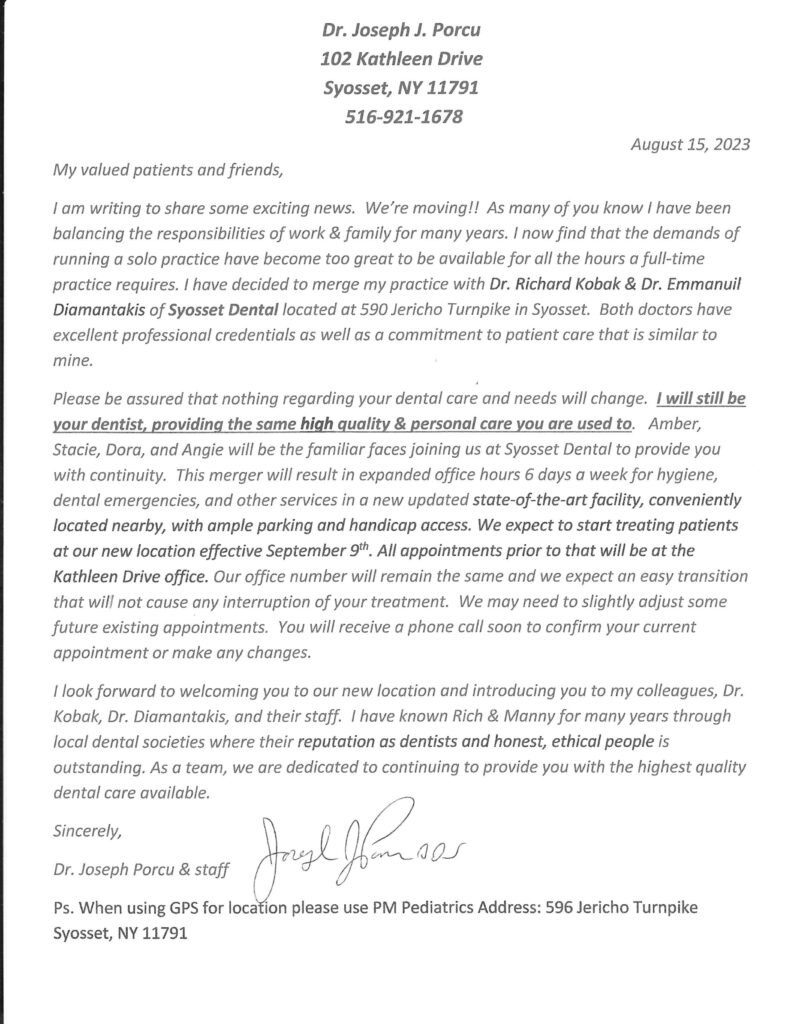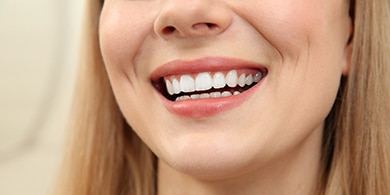 As dentistry evolves, it is not always new techniques that revolutionize the industry. For instance, the art of removing decayed tooth tissue and replacing it with filling material has been practiced for hundreds, perhaps thousands, of years. The mid-1800s brought the advent of amalgam fillings, and in spite of the controversy regarding the mercury content of metal fillings, they remained the standard material for over a century. Recently, tooth-colored composite resin fillings gained popularity as a more discreet filling option for their resemblance to your natural teeth, as well as for the lack of mercury in their composition. Now, dentistry stands on the brink of innovation once again. Syosset dentist Dr. Richard Kobak discusses a new filling material that can change the face of dental care and tooth restoration.
As dentistry evolves, it is not always new techniques that revolutionize the industry. For instance, the art of removing decayed tooth tissue and replacing it with filling material has been practiced for hundreds, perhaps thousands, of years. The mid-1800s brought the advent of amalgam fillings, and in spite of the controversy regarding the mercury content of metal fillings, they remained the standard material for over a century. Recently, tooth-colored composite resin fillings gained popularity as a more discreet filling option for their resemblance to your natural teeth, as well as for the lack of mercury in their composition. Now, dentistry stands on the brink of innovation once again. Syosset dentist Dr. Richard Kobak discusses a new filling material that can change the face of dental care and tooth restoration.
Exploring Tooth Restoration Failure
The problem with even the most advanced dental filling material is that, over time, it will need to be replaced. With proper care, most restorations can last ten years or longer. However, constant attack from eating and drinking, and pressure from occasional grinding or clenching, can cause a dental filling to eventually fail. When a tooth suffers decay, your dentist removes the decayed tissue and replaces it with the filling material to reinforce the remaining tooth structure. Unfortunately, even after the removal of tissue, small traces of residual bacteria can remain on the tooth’s structure. When a restoration cracks or wears away, the space created between the filling and the tooth structure allows bacteria to enter and once again infect your tooth. For this reason, it is important to neutralize the harmful effects of bacteria after a restoration is placed.
Dental Fillings that Actively Fight Bacteria and Strengthen Enamel
At the University of Maryland School of Dentistry, scientists have used nanotechnology to create the first actively protective dental restoration material. Researchers have built antimicrobial agents into the primer and adhesive used to prepare a cavity and make a filling stick to the tooth’s tissue. Because primer and adhesive are the first materials to come into contact with the internal tissue of the tooth, the antibacterial agents work to kill residual bacteria left behind. Aside from its disinfecting properties, the nanocomposite is revolutionary for its calcium phosphate nanoparticles that serve to replenish and strengthen teeth and enamel, and for its high pH (acid-alkaline balance). The mineral-infused nanoparticles strengthen your teeth against bacterial and acid attacks, and the high pH neutralizes acid production in your mouth to lessen the attacks at their source.
While the University of Maryland team waits for testing on animal and human teeth to begin, you can still receive excellent care for your restorative, preventive, or general dental needs. To learn more, or to schedule a consultation with Dr. Kobak, call our Syosset dental office at (516) 433-2211. We welcome patients from Long Island, Nassau, Suffolk, and the surrounding New York City neighborhoods.











